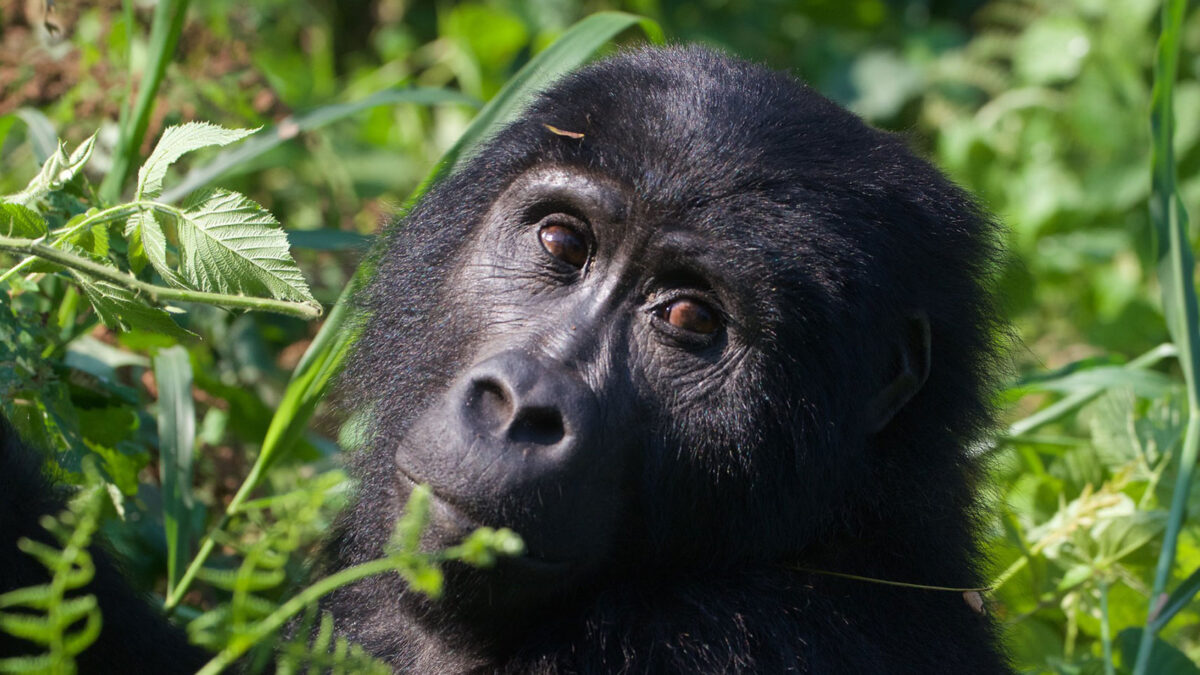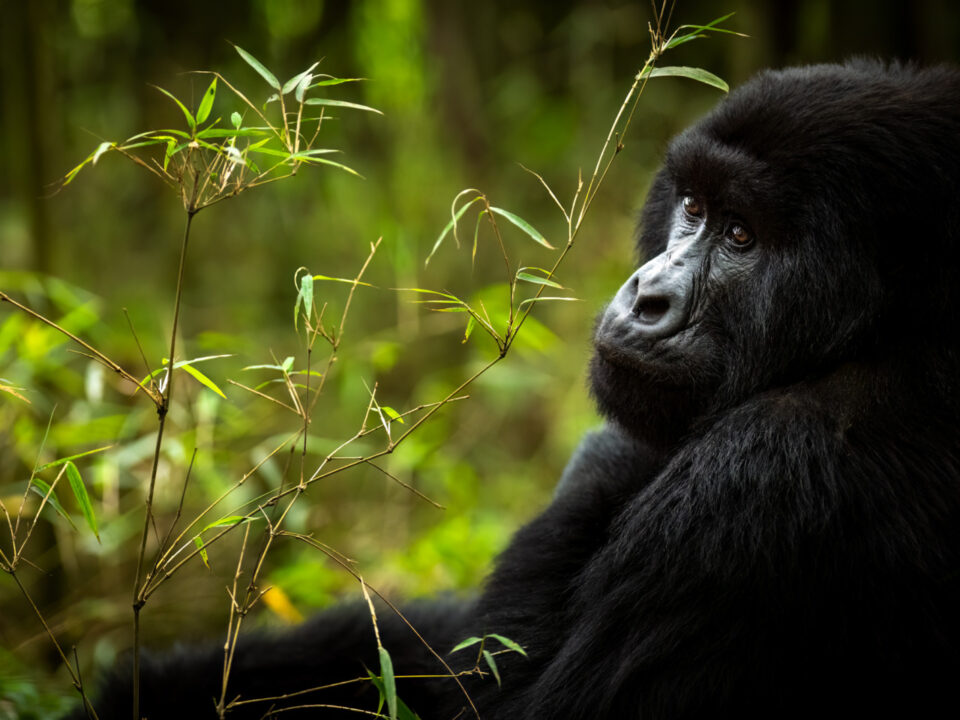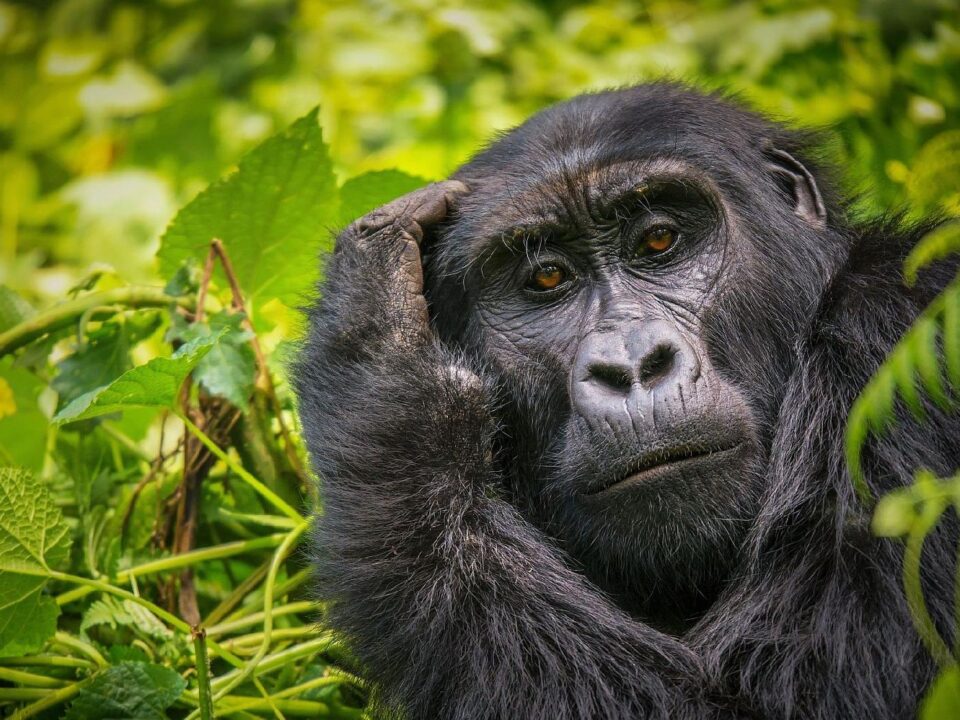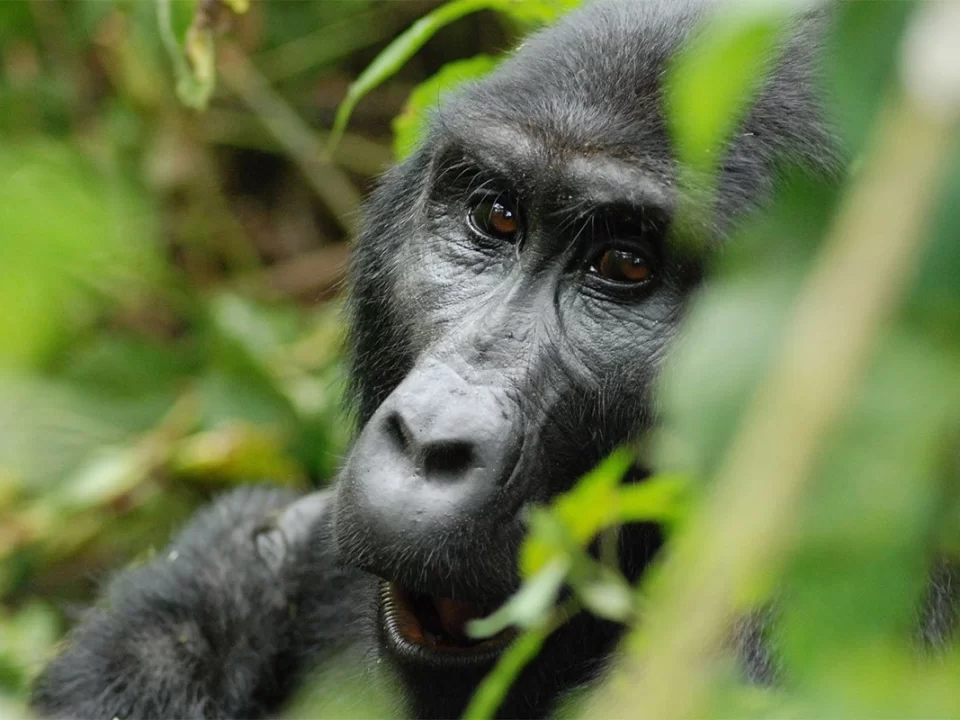
Minimum Age Requirement for Chimpanzee Trekking in Uganda and Rwanda
January 10, 2023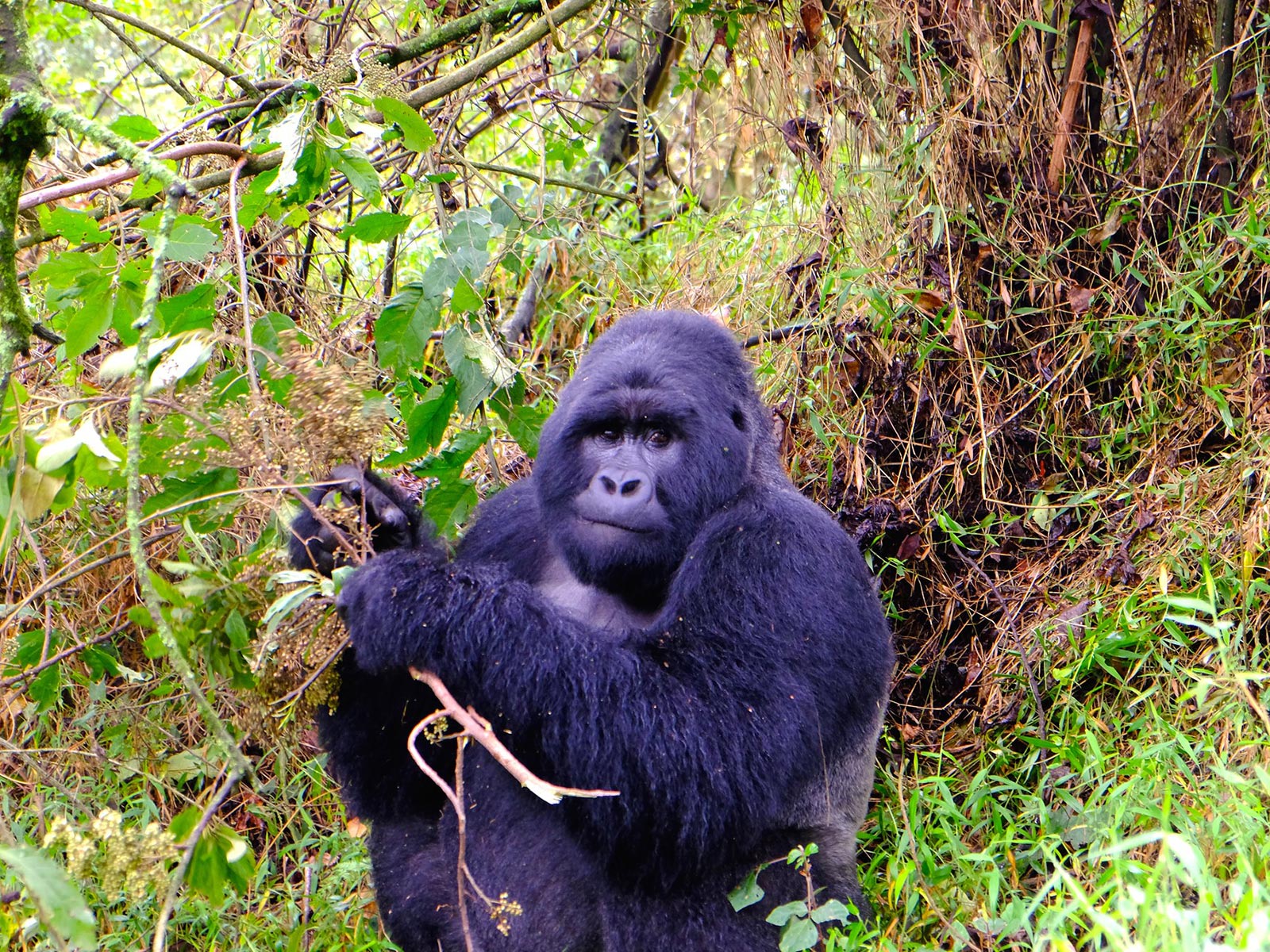
Gorilla Trekking Tours in Uganda from Kigali
January 11, 2023Why Gorilla Trekking is One Hour
Gorilla trekking is an activity that involves hiking through the forest to search for mountain gorillas. These apes, which were once listed as critically endangered, are now just endangered with a population of around 1,063 in the world. They can only be found in four locations in three countries: Virunga National Park in Congo, Volcanoes National Park in Rwanda, and Mgahinga Gorilla National Park and Bwindi Impenetrable National Park in Uganda. Bwindi Impenetrable National Park alone is home to more than half of the world’s mountain gorillas. To participate in gorilla trekking, one must purchase a permit, which costs USD800 in Uganda, $1500 in Rwanda, and $400 in Congo. Due to high demand, it is recommended to book in advance.
The duration of a gorilla trek can vary, taking anywhere from 30 minutes to 6 hours or more, depending on the location of the gorillas and the fitness levels of the travelers. However, once the gorillas are found, trekkers are only allotted a one-hour time limit to spend with them. The main reason for this one hour restriction is to protect the well-being of the gorillas, as they are a critically endangered species with a population of only around 1,063 individuals. They reside in the dense rainforests of Bwindi, Mgahinga, Virunga and Volcanoes National Parks and are vulnerable to diseases that can be transmitted from humans, as they share 98% of their DNA with us. To minimize the risk of the gorillas contracting such illnesses, gorilla trekking is limited to one hour once they are encountered.
To preserve the gorillas and their habitat, the agencies responsible for their protection, such as the Uganda Wildlife Authority and Rwanda Development Board, limit the time that travelers can spend with habituated gorillas to one hour. Despite being habituated, gorillas are still wild animals who need their peace and solitude, which is why only 8 visitors are allowed to trek per day and only for one hour. Prolonged human presence can cause the gorillas to become stressed and uncomfortable, therefore, to ensure their conservation, the time spent with gorillas is limited to one hour only during the trekking.
Another reason why gorilla trekking is limited to one hour when gorillas are encountered is to allow them to maintain their normal routine activities. Gorillas have a daily schedule that starts as early as 6 am and runs until the evening. Longer periods spent with the gorillas can disrupt their schedule, which includes activities such as feeding, grooming, resting, and napping. It also allows juveniles to play and make nests. Limiting the time spent with gorillas during trekking to one hour, helps them to carry on with their regular activities.
Gorilla trekking has several rules and regulations in place to ensure the conservation of mountain gorillas, these include:
- Maintaining a distance of at least 7 meters from the gorillas once they are encountered to minimize direct contact and the risk of spreading infectious diseases from humans.
- Sick travelers should not go gorilla trekking, and if one becomes sick on the day of the trek, they should volunteer not to participate for the wellbeing of the gorillas. Permits can be rescheduled if possible.
- Travelers are not allowed to touch the gorillas.
- Keep voices low while in the forest and in the presence of mountain gorillas, as they dislike noise and might misunderstand it. Remember they have 25 distinct vocalizations.
- Do not litter in the gorillas’ home and make sure to properly bury any human waste at least 35 cm deep.
For those who wish to spend more time with mountain gorillas, a “gorilla habituation experience” can be included in a gorilla trekking safari or taken as a separate activity instead of traditional gorilla trekking. Habituation is the process of training wild gorillas to tolerate human presence. The families that are encountered during a habituation experience have already undergone the habituation process, which can take up to 2-3 years or shorter, some take only 15 months. During a gorilla habituation experience, trekkers get to spend 4 hours with the gorillas and assist researchers and experts in studying them, such as collecting stool samples for medical examination, observing their behavior, identifying stress triggers, and naming the gorillas. A permit for a habituation experience costs $1500 and can be purchased through the Uganda Wildlife Authority or a trusted tour operator. Booking in advance is necessary as the activity allows only 4 people per family and only 2 families are available for this experience in the Rushaga sector of Bwindi Impenetrable National Park.
It should be noted that Gorilla Habituation Experience is a more strenuous and intimate activity, usually only for experienced trekkers who are physically and mentally ready to spend longer periods of time in the forest and closely observing gorillas.
The duration of your visit with gorillas should not be the primary focus of your experience. Whether you spend one hour or more with these majestic creatures in their natural habitat, you are sure to have an unforgettable and incomparable feeling, that many find difficult to describe after encountering the mountain gorillas. To make the most out of your gorilla trekking safari and spend time with these endangered species, consider working with a reputable tour operator to create a tailored itinerary.

